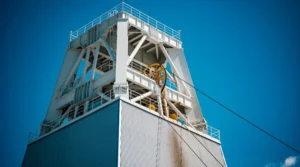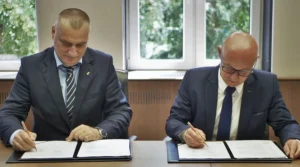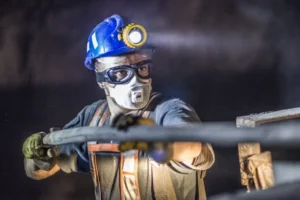What goes on in Poland on the 24th of September.
No grounds for reviewing the decision
The Danish Environmental Protection Agency rejected the challenge of consent for the construction of the Baltic Pipe gas pipeline along Danish territory.
In mid-September, the Danish Environmental Protection Agency emphasized that appeals against the gas pipeline would not justify the resumption of the case. In this way, the Danish agency responded to the statements of the Environment and Food Complaints Board.
In July this year the Danish agency gave Energinet.dk (the transmission network operator – ed.) a positive environmental decision regarding the route of the gas pipeline through Danish territory, from the North Sea to the Baltic Sea. Five complaints were to be received during that time.
According to the Danish Environmental Protection Agency, there are no circumstances that could affect the resumption of the decision.
On July 12, 2019, the Danish Environmental Protection Agency issued two environmental decisions related to the location of the Baltic Pipe gas pipeline in the inland part of Denmark – one for Gaz-System and Energinet.
In Denmark, the gas pipeline will run from Houstrup Strand beach, on the west coast of Jutland, through parts of Jutland, Fyn and Zealand to the connection point in Faxe Bay in southern Zealand, followed by the expansion of the receiving plant in Nybro (in the municipality of Varde) and a new compressor station for Everdrup ( in the municipality of Næstved).
Baltic Pipe
The goal of the Baltic Pipe project is to create a new supply corridor on the European gas market. The new gas pipeline will connect the Norwegian gas network in the North Sea with the Danish and Polish gas transmission network. The route of the gas pipeline in the Baltic Sea recommended last year is about 275 km, runs through Danish and Polish maritime areas and the Swedish exclusive economic zone (on a section of about 80 km).
The Baltic Pipe consists of five elements: the connection of the Norwegian system in the North Sea with the Danish system, expansion of the gas transmission route through Denmark, construction of a gas compressor station on the Danish island of Zealand, an offshore gas pipeline from Denmark to Poland with a receiving terminal and extension of the Polish transmission system. From October 2022, the Baltic Pipe gas pipeline will be able to send annually up to 10 billion cubic meters natural gas from deposits on the Norwegian Continental Shelf.








